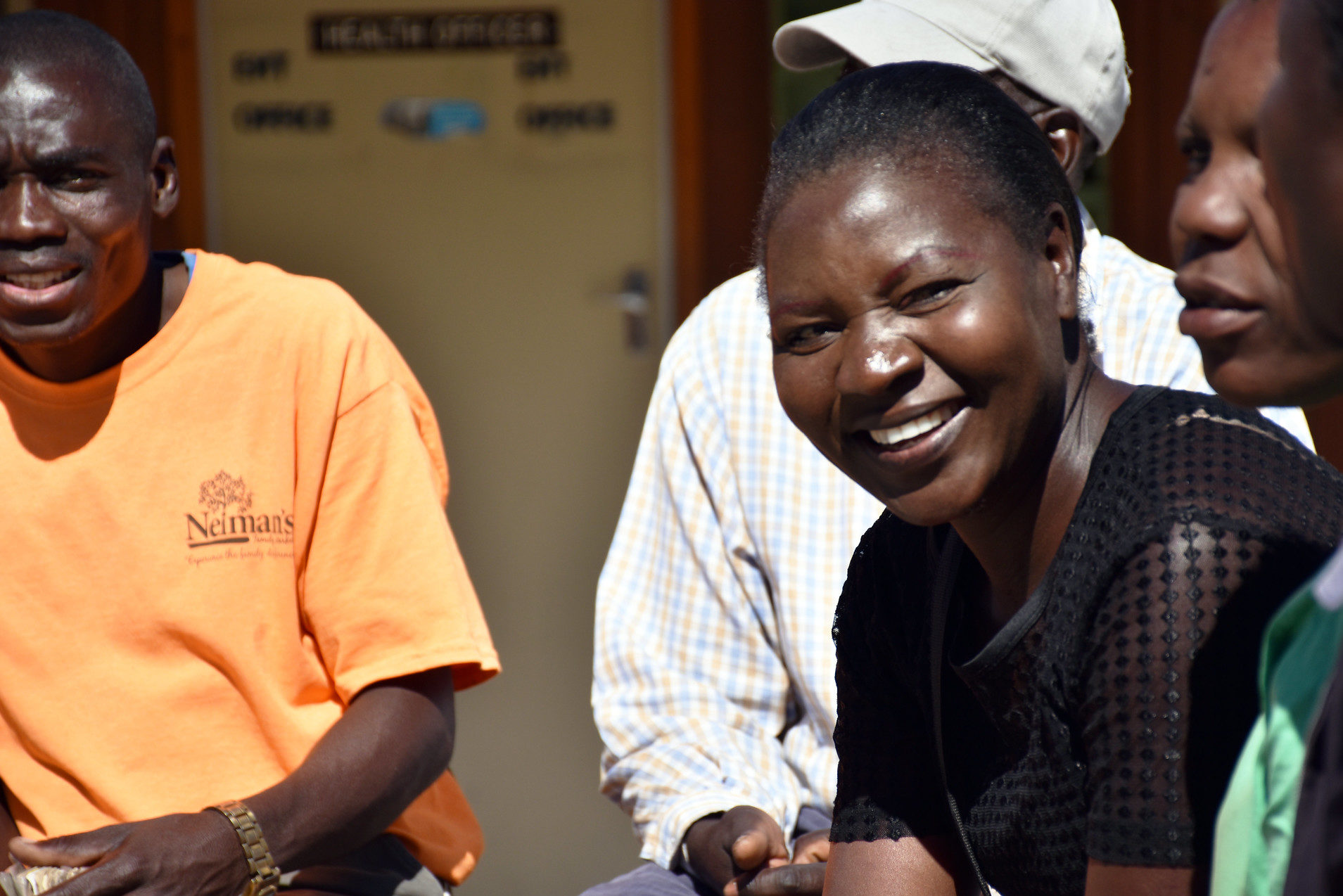Munyaradzi Mapingure, Zindoga Mukandavire, Innocent Chingombe, Diego Cuadros, Farirai Mutenherwa, Owen Mugurungi & Godfrey Musuka
Abstract
Background
The influence of religion and belief systems is widely recognized as an important factor in understanding of health risk perception and myths in the general fight against the HIV pandemic. This study compares the understanding of HIV risk factors and utilization of some HIV services among religious groups in Zimbabwe.
Methods
We conducted secondary data statistical analysis to investigate the understanding of HIV and associated risk factors among religious groups in Zimbabwe using 2015–2016 Zimbabwe Demographic and Health Survey (ZDHS) data. We began by investigating associations between understanding of HIV and associated risk factors among religious groups. A multivariate stepwise backward elimination method was carried out to explore factors determining understanding of HIV risk after controlling for confounding factors using the most recent ZDHS data (2015–2016).
Results
The results from the three surveys showed that, in general apostolic sector had low understanding of HIV and associated risk factors compared to other religious groups. Analysis of the 2015–2016 ZDHS data showed that women belonging to the apostolic sector were less likely to know where to get an HIV test odds ratio (OR) and 95% confidence interval, 0.665 (0.503–0.880) and to know that male circumcision reduces HIV transmission OR 0.863 (0.781–0.955). Women from this group had no knowledge that circumcised men can be infected if they do not use condoms OR 0.633 (0.579–0.693), nor that it is possible for a healthy-looking person to have HIV, OR 0.814 (0.719–0.921). They would not buy vegetables from a vendor with HIV OR 0.817 (0.729–0.915) and were less likely to support that HIV positive children should be allowed to attend school with HIV negative children OR 0.804 (0.680–0.950). Similar results were obtained for men in the apostolic sector. These men also did not agree that women were justified to use condoms if the husband has an Sexually Transmitted Infection (STI) OR 0.851 (0.748–0.967).
Conclusions
Our results suggest that apostolic sector lack adequate knowledge of HIV and associated risk factors than other religious groups. Targeting HIV prevention programmes by religious groups could be an efficient approach for controlling HIV in Zimbabwe.









